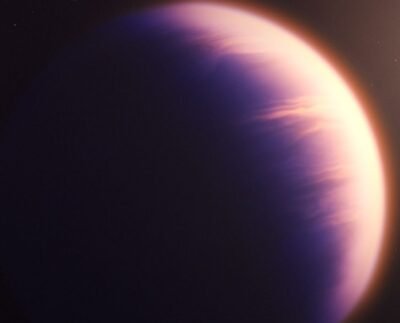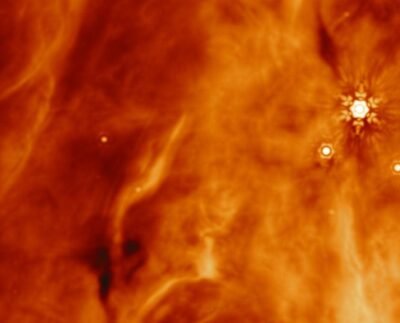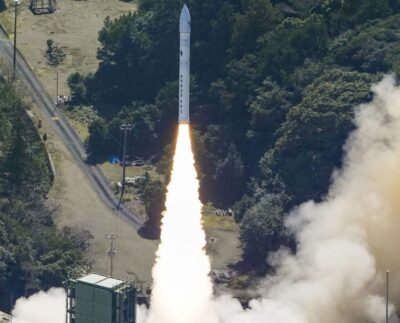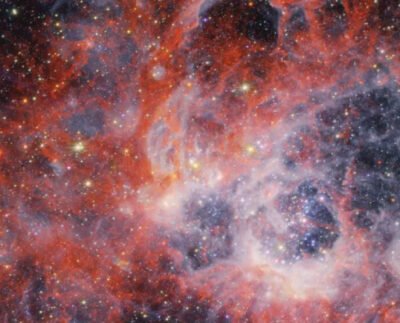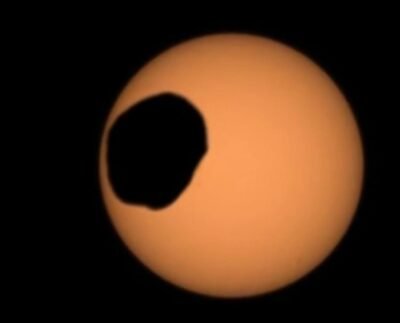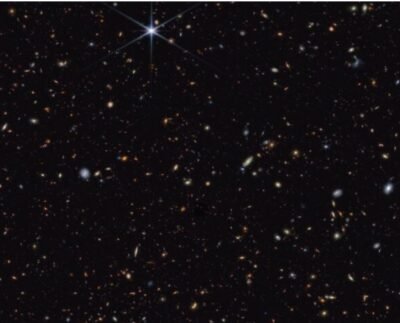- March 19, 2024
Soyuz MS-25 Launches First Cosmonaut from New Space Nation
Soyuz MS-25: A Collaborative Springboard to Space Exploration’s Future Scheduled for liftoff on March 21st, 2024, the Soyuz MS-25 mission…
- March 18, 2024
JWST Unlocks the Secrets of Gas Giant Atmospheres
Which planets is gas? Gas planets, also known as gas giants, have long intrigued astronomers and space enthusiasts alike. These…
- March 15, 2024
NASA’s Webb Telescope Finds Ingredients for Planets Near IRAS 2A
IRAS 2A: A Cosmic Laboratory Unraveling the Secrets of Star and Planet Formation In the vast expanses of the universe,…
- March 14, 2024
Icy Asteroids Reveal Neptune’s Secrets by Webb Telescope
Icy Asteroids: Unlocking the Secrets of Our Solar System For decades, asteroids have been relegated to the realm of science…
- March 13, 2024
Japan’s Space One Rocket Explodes After Launch
Space One Rocket: Japan’s Rising Star The dream of a private Japanese space industry took a significant leap forward with…
- March 12, 2024
Boeing Starliner Targets May 2024 for First Crewed Mission to ISS
Introduction: A New Era in Spaceflight The human desire to explore the cosmos continues to propel innovation. Boeing Starliner, a…
- March 11, 2024
JWST Captures Stunning Images of NGC 604 in the Triangulum Galaxy
A Look at NGC 604 with the James Webb Telescope The cosmos, with its vastness and enigmatic phenomena, continues to…
- March 8, 2024
Phobos in Focus: Perseverance Rover Captures Martian Moon’s Secrets
As NASA’s Perseverance rover diligently explores the Martian surface, its scientific endeavors extend beyond the red planet itself. One celestial…
- March 7, 2024
Hidden Wonders: The Enigmatic Origins of Baikonur Cosmodrome
Baikonur Cosmodrome: Cradle of the Space Age In the big Kazakh grassland, there’s a famous place called the Baikonur Cosmodrome.…
- March 6, 2024
Webb Reveals Monster Black Hole in GN-z11 Distant Galaxy
What is GN-z11 and why is it important? Gazing billions of light-years across the vast cosmic expanse, astronomers have encountered…



